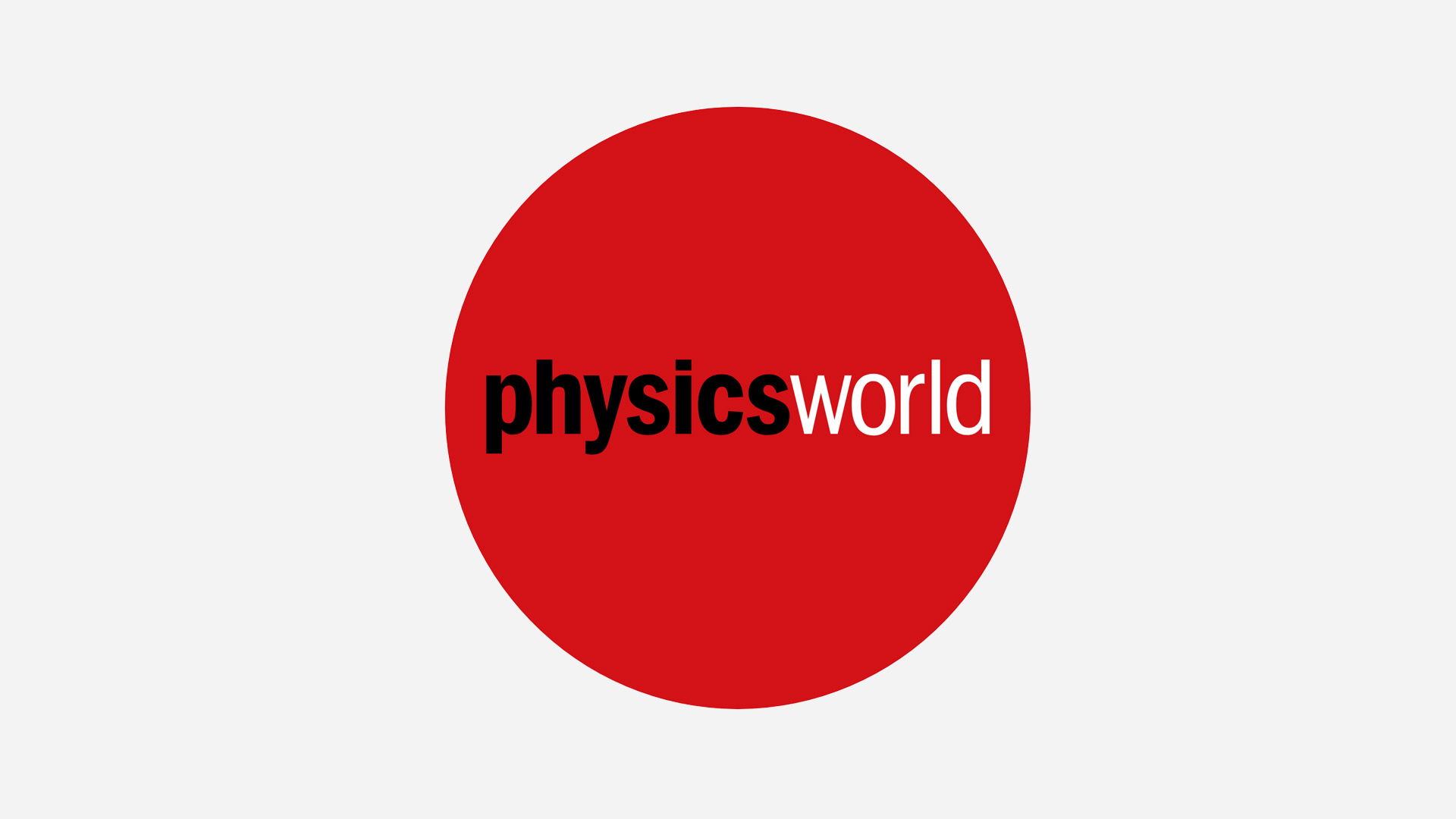
Heavy water tests body water
A drink of heavy water provides a quick and simple measurement of body water
Thank you for registering with Physics World
If you'd like to change your details at any time, please visit My account

A drink of heavy water provides a quick and simple measurement of body water

The link between water absorption and light scattering in airborne particles is surprisingly complex

European particle physics lab miscalculates the cost of its Large Hadron Collider
 Read article: Entanglement leaps to larger scales
Read article: Entanglement leaps to larger scales
The entanglement of two macroscopic objects could pave the way for 'quantum teleportation'

A new way to control light-emitting particles could spark novel optoelectronic devices
 Read article: Electron laser packs a punch
Read article: Electron laser packs a punch
A powerful ultraviolet laser is a step towards an X-ray laser that would have myriad scientific uses
 Read article: Interference makes super-sensitive ruler
Read article: Interference makes super-sensitive ruler
An optical-fibre interferometer could be a thousand times better than existing devices

The UK Department of Trade and Industry unveils its latest findings

Scientists reveal the atomic origin of the familiar phenomenon
 Read article: Fusion hitch could help heavy elements
Read article: Fusion hitch could help heavy elements
Deeper understanding of fusion inhibition could help scientists to make heavyweight nuclei